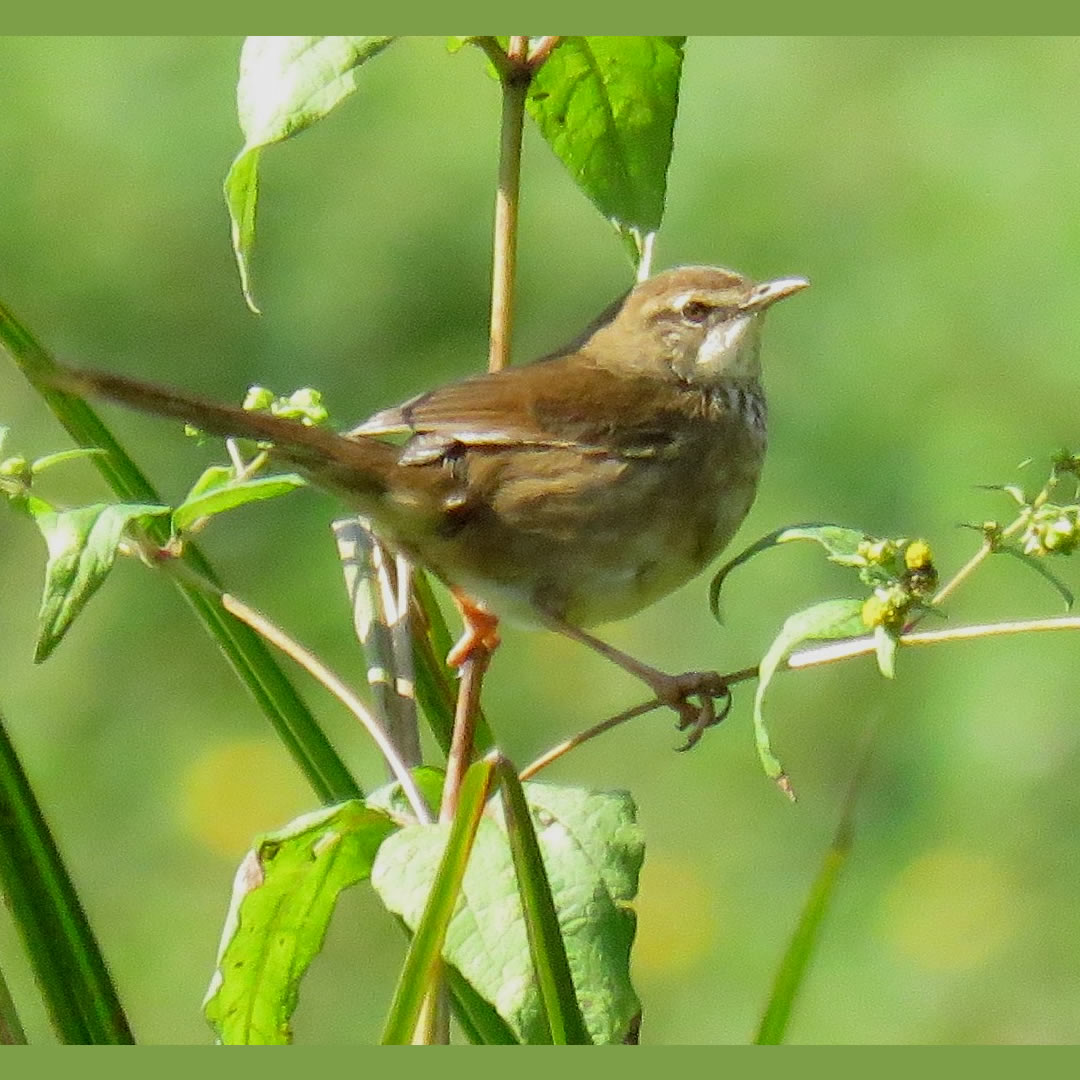Volcanoes National Park is arguably the best place in the world to observe the endangered mountain gorillas. This is where Dian Fossey started the habituation of these gentle giants decades ago. Other activities in the park include golden monkey trekking, a hike to Dian Fossey’s former camp, and several strenuous climbs to the volcanic peaks.
Aside from mountain gorillas, you can track one of the habituated troops of golden monkeys, one of which numbers up to 100 individuals. This endangered species is an Albertine Rift endemic. Buffalo and elephants are quite common in the forest, but they are skittish and rarely seen. Smaller animals present include bushbuck, bushpig, giant forest hog, black-fronted duiker and side-striped jackals.
There are 20 habituated gorilla troops here, 12 of which are used to visitors (the others are habituated for research purposes). Each troop has its own home range and family structure. Budget-permitting, you can consider booking two gorilla treks on two different days. In addition to mountain gorillas, troops of habituated golden monkeys, endemic to the Albertine Rift, can also be tracked. They are among the most beautiful of African monkeys and their gentle nature makes them even more attractive. The monkeys have become totally relaxed around humans, which means you can observe them interacting, feeding and going about their daily routines.
With about 200 species recorded (including 17 Albertine Rift endemics), Volcanoes National Park offers great bird watching. However, most of the park’s special birds can also be seen in Nyungwe National Park, which is set up better for birding. Local specialties are the vulnerable Grauer’s swamp warbler and the scarlet-tufted sunbird, which can be found on the summit of Mt Bisoke.
 Grauer's Swamp Warbler
Grauer's Swamp Warbler